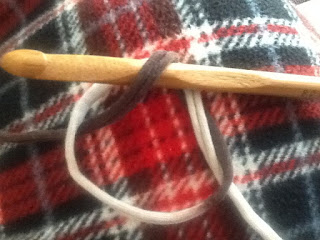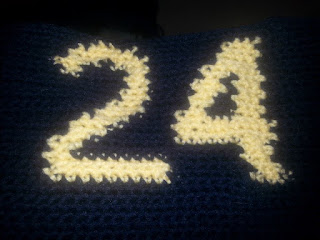These are mushrooms from the first two Super Mario Games (2 on the left and 1 on the right) Below is what the Super Mario 3 mushrooms look like.
These are the mushrooms we want! I have seen a few patterns online so I created my own from them and followed it to make the mushrooms. As you can see and may already know there is the red mushroom, that makes Mario grow in size, and there is the green mushroom that gives an extra life. But there is also another colour for these mushrooms. When Mario gets a mushroom to add to his inventory the mushroom is the colour of the inventory with black spots. Since I want to make the mushroom stand out I am going to make it black with white spots. (White with black spots would stand out too). So in total, we will be crocheting three Mario mushrooms. (One red, one green and one black). If you wish to add more of them to the seen by all means do so.
I drew this graph myself. As you can see at the top, this graph is 20 stitches by 20 stitches. This mushroom will more than likely be up in the air, so the background should be whatever colour you choose for the sky.
Colours:
Red Mushroom:
Cherry Red (any red will do though as long as it is not too dark)
Black
White
Sky Colour (I used Aqua)
Green Mushroom:
Green (I used Grass)
Black
White
Sky Colour (Aqua)
Black Mushroom:
Black
White
Inventory Colour (I used Rose)
Hook Size: 4.5 mm
** I used Impeccable yarn but any yarn is fine **































